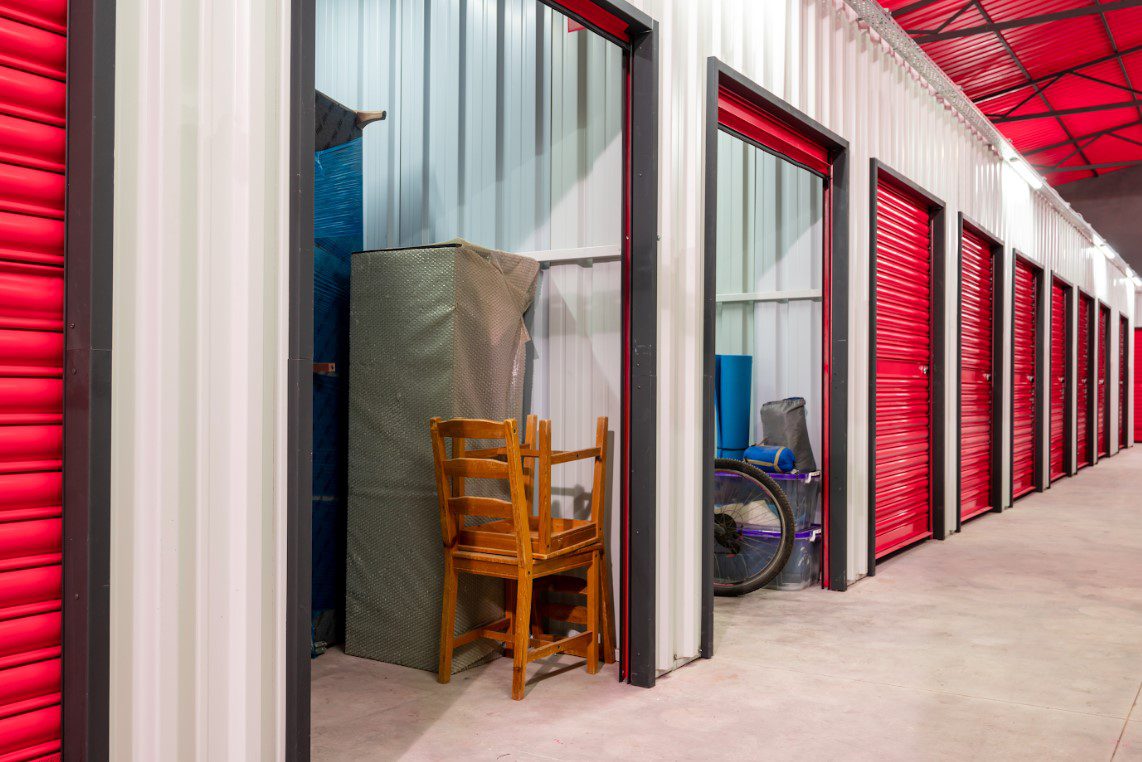New to the world of remote work? The spread of COVID-19 has ignited discussions across the world about remote work. As of February 25, the CDC recommends that businesses need to be preparing for remote work now. While many teams have had the tools in place to work remotely, most companies still operate face to face.
Coupled with the rise of open office plans and long commutes on shared transportation, it’s smart to tell employees to stay home. Not only will this help them stay healthier, but it will also keep sick employees from infecting other employees and others in your local population.
We hope that the increase in remote workers during this crisis will remain long after the sickness passes. However, we also know that for many people, working remotely for long stretches at a time can be daunting when you’ve never done it before. That’s why we’re putting together a few best practices for employees that are working from home for the first time.
1. Be Mindful of the Positives
If you’re a social butterfly, it’s okay to fear feeling a little isolated during this time. However, focusing on all the benefits of working remotely can help balance your mindset and find more joy in working at home. If you find yourself eating out or going out to coffee a lot during the workweek, notice how much money you’re saving or how much healthier you feel eating home-cooked meals. Enjoy being able to heat up lunch on the stove instead of in a shared microwave.
2. Make the Most of Your Extra Time
On average, Americans spend about 26 minutes commuting – that’s almost an hour a day! Choose what to do with this new time that you won’t be spending behind a wheel and the money you’re saving in gas, tolls, or transit fees. To fend off the new lonely feelings you might be getting, use that extra time to go for a walk and call a friend, meet someone for coffee or tea, or cook a meal with someone.

3. Be Present in Meetings
You might be seeing an uptick in virtual meetings as people adjust to not being able to have spontaneous conversations with a group. When you’re in these meetings, stay present. Don’t look at your phone or other websites and take notes. Send follow-up emails detailing the steps your group decided on so that everyone stays on the same page. You may find that you become more efficient than you were before!
4. Rely on Your Technology
Most companies use an integrated mail, calendar, and file suite plus tools like task managers, chatting, and more. Resist the urge to ping someone, “can you help me find this file?” or “when is this due again?”. Keep meticulous notes and update your task statuses. Use add-ons like Boomerang for Gmail to return unanswered messages to the top of your inbox or functions like Slack’s remind feature to keep on top of your tasks. While you may feel out of sorts in the new environment, you can stay on top of your tasks with a little elbow grease.

5. Minimize Distractions
When your brain has equated going to work as a sign to get into “work mode” and being at home as “chill time,” sometimes it can be tough to get focused. Research Chrome extensions like pomodoro timers and website blockers so you don’t accidentally end up shopping online or getting distracted for too long. Schedule out your to-do list a little more than you normally would to make sure you’re getting the same work done in the same amount of time as before.
6. Keep Work and Home Separate
Longtime remote workers report that one of the big issues they faced was feeling like there isn’t a separation between home and work. Set concrete hours for your working time, lunch time, and off time, like you would at the office. And if you’re in the habit of eating at your desk, this could be a good time to try and reset to close your computer and walk away for 30 minutes. Set your Slack and email notifications to do not disturb after certain hours, and consider removing work apps from your cell phone so you aren’t tempted to peek a them after hours. Try to keep your working area separate from your sleeping or resting area, so you can fully disconnect at the end of the night.
We hope that businesses are taking all the necessary steps to help control the spread of all illnesses – not just the new coronavirus. Even when home alone, remember to wash your hands, wipe down your computer, phone, and other surfaces, and stay up to date with the latest CDC recommendations.










